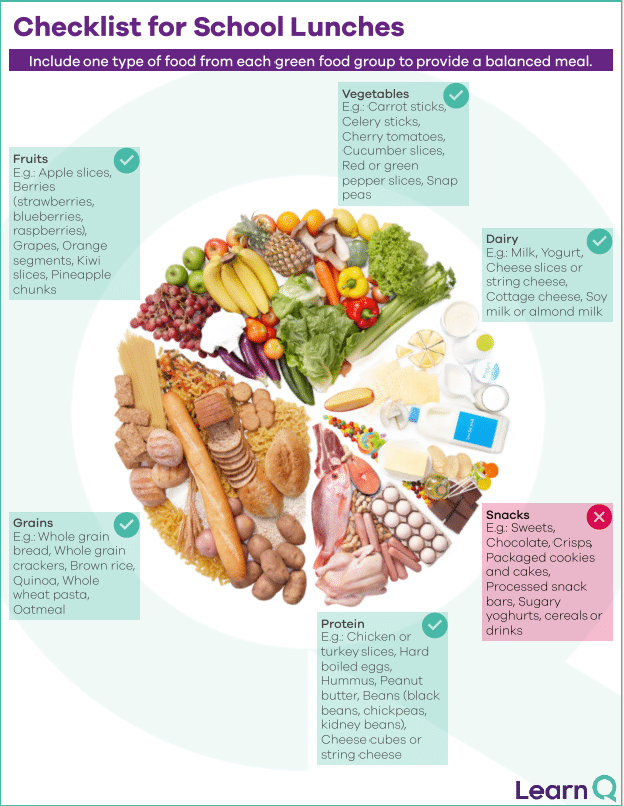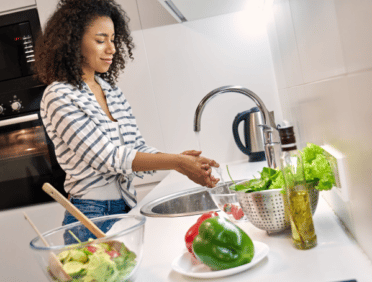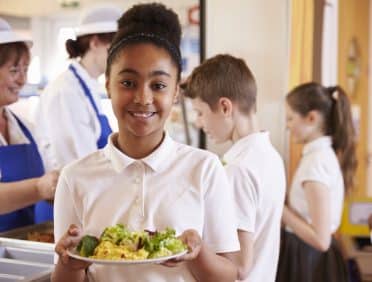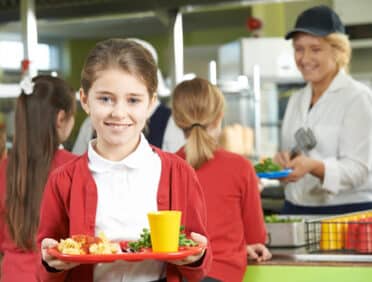Children are like young saplings, full of potential and promise for the future. Just like a sapling needs proper nutrients and care to grow into a strong and healthy tree, children also need proper nutrition to grow into strong and healthy adults.
As parents, caregivers, and educators, it is our responsibility to provide children with the nourishment they need to thrive. By encouraging healthy eating habits and providing balanced meals, we can help children develop a love and appreciation for nutritious foods that will serve them well throughout their lives.
It is important for kids to have a balanced lunch for several reasons:
- Proper nutrition: A balanced lunch provides essential nutrients, such as carbohydrates, protein, and healthy fats, that children need to grow and thrive.
- Better concentration: A balanced lunch can help children stay focused and alert in class, leading to better academic performance.
- Energy levels: A balanced lunch can provide sustained energy throughout the day, helping children stay active and engaged in physical activity and play.
- Healthy habits: Encouraging children to have a balanced lunch can help them develop healthy eating habits that they can carry into adulthood, reducing their risk for chronic diseases such as diabetes, heart disease, and obesity.
- Mood and behavior: A balanced lunch can help regulate mood and behavior, reducing the risk of mood swings and behavioral issues.
In a world where processed foods and sugary snacks abound, it can be challenging to make healthy choices. But when we take the time to prepare and provide wholesome, nourishing meals for our children, we are giving them the gift of health and vitality.
If we can provide our children with a balanced lunch, it can help them to stay health, grow, develop and establish healthy eating habits that can last a lifetime.
However, its not easy to know what a good balance is, so Learn Q have created our FREE Checklist for School Lunches Poster. Simply click here to download, and you are on the way to healthier, happier, kids.
And while you’re at it, here are some examples of a healthy and balanced lunch that includes each of the five food groups and no kid can resist:
- Turkey or chicken and cheese whole grain sandwich on whole grain bread with carrot sticks and grapes on the side, and a carton of milk.
- Brown rice bowl with grilled chicken, steamed snap peas, and sliced kiwi on the side, and a yogurt cup.
- Hummus with whole grain crackers, cucumber slices, and cherry tomatoes on the side, and a cheese stick.
- Whole wheat pasta salad with cherry tomatoes, red pepper, and black beans, with apple slices on the side, and a carton of soy milk.
- Peanut butter and jam sandwich on whole grain bread with celery sticks and a banana on the side, and a cheese stick.
Deeelicious!
To download a .pdf of this blog, please click here












